Forex trading is one of the most important investments you can make, but it can be daunting for those who are new to it. To become a successful trader, it's essential to understand the economic indicators that drive the market and how to use them to your advantage. In this article, we'll provide an overview of economic indicators and how they can be used to make successful trades in the Forex market. Economic indicators are important pieces of data that measure the overall health and performance of an economy, and they can have a major influence on Forex trading decisions. Understanding how these indicators work and their potential impacts on the Forex market can help traders make better decisions and increase their chances of making a profit. Economic indicators are an important part of understanding the underlying trends in the Forex market.
They provide traders with valuable information about the health of the economy and can help them make more informed trading decisions. Economic indicators are used to measure various aspects of the economy, such as inflation, unemployment, and GDP. By examining these indicators, traders can gain insight into the current state of the market and how it is likely to move in the future. One of the most commonly used economic indicators is GDP.
This measures the total output of a country's economy over a given period of time. GDP is often used as an indicator of economic growth and can be used to compare the performance of different countries. Other important economic indicators include inflation, unemployment, consumer confidence, and industrial production. Inflation is a measure of how much prices have changed over a given period of time.
It is usually measured by the Consumer Price Index (CPI). Inflation can have a major impact on currencies, as high levels of inflation can cause prices to rise, while low levels can cause prices to fall. Unemployment is another key economic indicator that traders should pay attention to. It measures the percentage of people who are out of work and looking for jobs.
A high rate of unemployment indicates a weak economy, while a low rate suggests that the economy is strong and growing. Consumer confidence is a measure of how people feel about their personal financial situation and their outlook for the future. It is usually based on surveys conducted by government agencies or private companies. High levels of consumer confidence can lead to increased spending, while low levels can cause people to be more cautious with their money.
Industrial production is a measure of how much businesses are producing. It measures the total number of goods and services produced in a country over a given period of time. This indicator can help traders gauge economic growth, as increases in production often lead to increases in demand for goods and services. When using economic indicators to inform trading decisions, it is important to remember that these indicators only provide part of the picture.
It is also important to consider other factors such as news reports and technical analysis when making trading decisions. By taking all these factors into consideration, traders can increase their chances of success in the Forex market.
What Are Economic Indicators?
Economic indicators are key metrics that measure the health of the economy. They are used by governments, investors, and economists to assess the performance of a country’s economy in a variety of ways. Economic indicators can be used to predict future economic activity and to guide investment decisions. Examples of economic indicators include Gross Domestic Product (GDP), inflation, unemployment, balance of payments, foreign exchange reserves, consumer price index (CPI), interest rates, and retail sales.GDP measures the total value of all goods and services produced by a country. Inflation measures the rate at which the cost of goods and services increases over time. Unemployment is a measure of the number of people who are unemployed and looking for work. Balance of payments measures a country’s international transactions.
Foreign exchange reserves measure a country’s holdings of foreign currencies. Consumer price index (CPI) measures changes in the cost of living over time. Interest rates measure the cost of borrowing money. And retail sales measure the total sales made by retail stores. These economic indicators can provide valuable insights into a country’s economic health.
By understanding how these indicators work and how they can be used to inform trading decisions, forex traders can gain an edge in the market.
How to Interpret Economic Indicators
Economic indicators are an important tool for traders in the forex market. They provide insight into a country's economic health, which can be used to inform trading decisions. Understanding how to interpret economic indicators and the implications they have for the forex market is key to becoming a successful trader. The most common economic indicators are Gross Domestic Product (GDP), Consumer Price Index (CPI), Unemployment Rate, and Purchasing Managers’ Index (PMI). GDP is the total value of goods and services produced by a country over a given period of time, usually annually.CPI measures the change in prices of goods and services consumed by households. The unemployment rate is the percentage of the working-age population without a job. PMI measures the overall level of economic activity in manufacturing. In order to interpret economic indicators, it is important to consider the context. For example, if GDP increases, this could indicate that economic growth is strong and could have positive implications for the forex market.
On the other hand, if unemployment rises, this could indicate that businesses are struggling and could have negative implications for the forex market. It is also important to consider how other economic indicators may be affected by changes in a particular indicator. For example, if CPI increases, this could indicate that inflation is increasing, which could lead to higher interest rates and a stronger currency. Conversely, if CPI decreases, this could indicate that inflation is decreasing, which could lead to lower interest rates and a weaker currency. Traders can also use economic indicators to identify trends in the forex market. If GDP and CPI are both increasing over a long period of time, this could indicate that the economy is growing and that the currency may strengthen.
Conversely, if GDP and CPI are both decreasing over a long period of time, this could indicate that the economy is weakening and that the currency may weaken. In summary, understanding how to interpret economic indicators is an important part of fundamental analysis in the forex market. By considering how various indicators may affect each other and how they may affect the forex market, traders can use this information to inform their trading decisions.
Using Economic Indicators with Other Analysis
When trading in the forex market, it is important to consider economic indicators and other analysis when making trading decisions. Economic indicators provide valuable insight into the state of the economy and can inform traders as to how a currency might move. However, it is important to also consider other types of analysis such as news reports and technical analysis when making trading decisions.News reports can provide context for economic indicators and give traders an understanding of how economic events might affect currency prices. Technical analysis can also provide valuable insight into potential market movements. For example, trends in technical analysis can help traders identify patterns in the market that can be used to inform trading decisions. It is important to consider all of these elements together when making trading decisions.
Economic indicators alone may not provide enough information to make an informed decision. By considering news reports, technical analysis, and economic indicators together, traders can gain a more complete understanding of the market and make more informed trading decisions. For example, if a trader is considering trading a currency pair, they should consider the economic indicators for both currencies in the pair. They should also consider news reports and technical analysis that could affect the price of the pair. By looking at all of these factors together, the trader can gain a more comprehensive understanding of the market and decide if it is a good time to enter or exit a trade. It is important to remember that no single type of analysis should be used in isolation when making trading decisions.
Using economic indicators together with other forms of analysis can give traders an edge in the market by providing them with a more complete understanding of the markets they are trading in. In conclusion, economic indicators are an essential tool for forex traders. Understanding what they are, how they work, and how they can be used in conjunction with other types of analysis can help traders make informed trading decisions. By doing so, traders can gain a better understanding of the underlying economic conditions and use this information to their advantage in the forex market. Economic indicators provide valuable insight into the macroeconomic environment and can be used to inform both short-term and long-term trading strategies.
By paying attention to these indicators, traders can identify changes in the overall economic climate and use this information to inform their trading decisions.


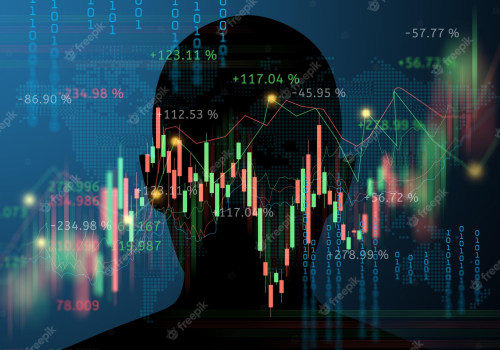
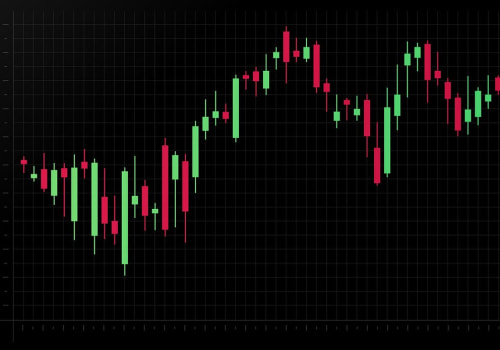
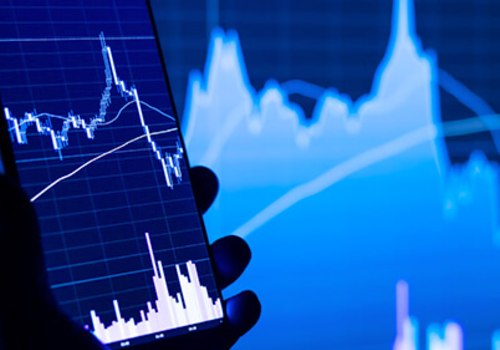

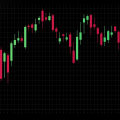
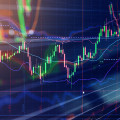
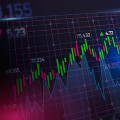
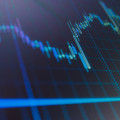
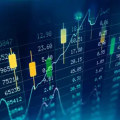

Leave Reply